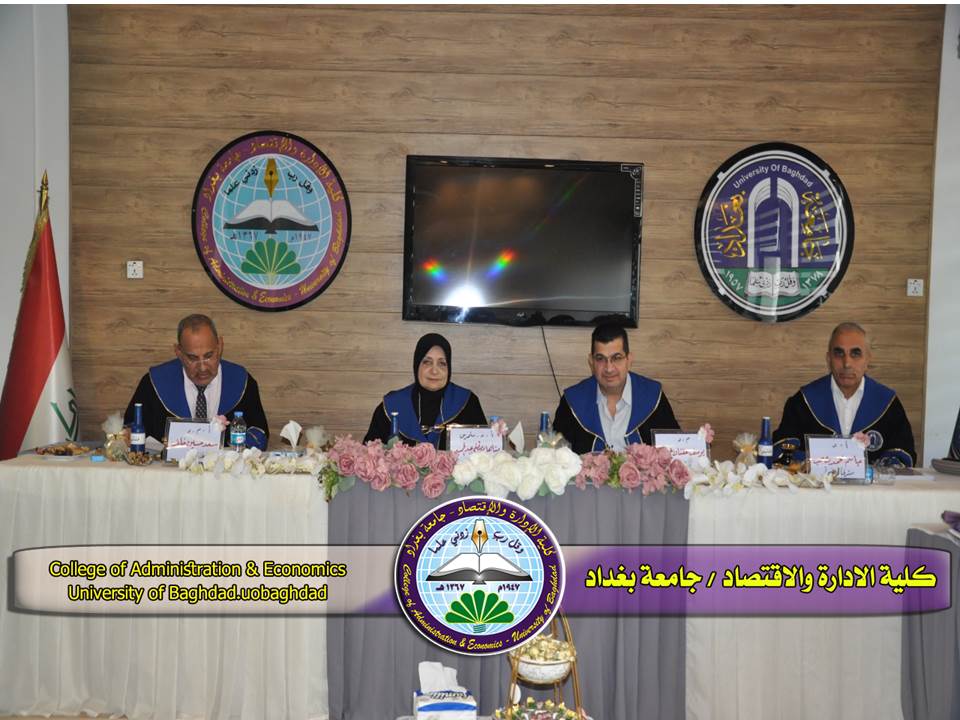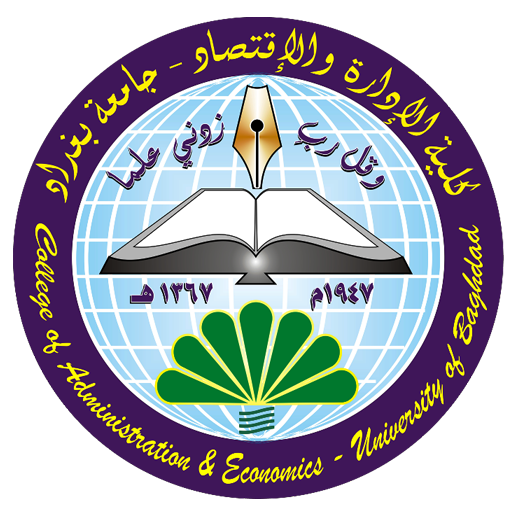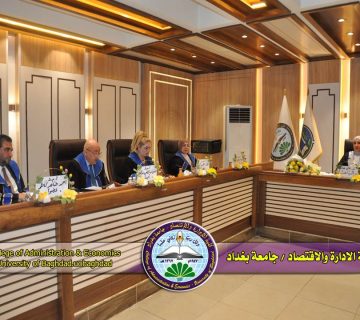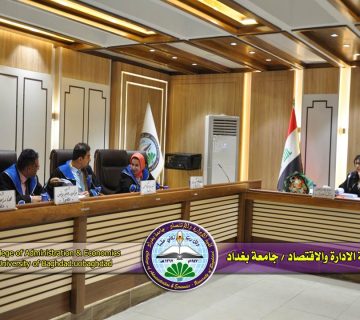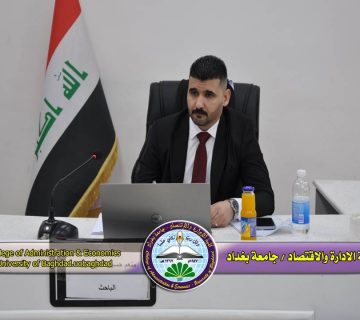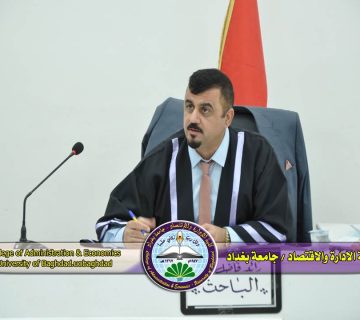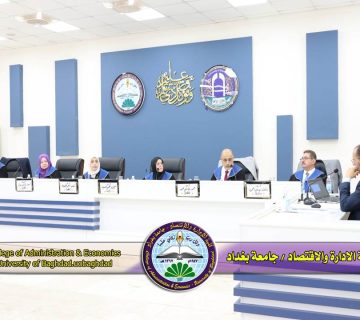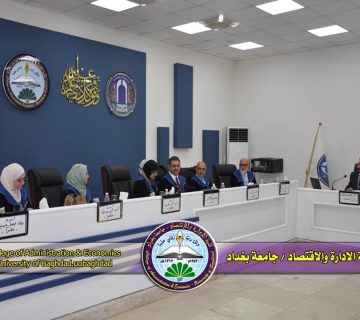The College of Administration and Economics at the University of Baghdad discussed , a master’s thesis in field of Economic by the student (Muntaha Mohammad Karim) and tagged with ( The Role of Banking Liquidity in Activating Investment in Iraq – A Selected Sample of Private Banks) , Under supervision of (Prof Dr. Jassim Mohammad Musaheb )
The research aims to achieve a set of objectives, the most important of which is to identify the reality of banking liquidity, the volume of cash and contractual credit granted by commercial banks in Iraq, represented by three banks (Bank of Baghdad, Middle East Bank, National Bank of Iraq), and the research aimed to show the impact of banking liquidity on investment, and the research hypothesis revolves around the extent of the existence of a positive impact of banking liquidity on the amount of bank credit (investment) granted in the research sample for the period (2014-2023), and the research relied on the analysis of statistical bulletins issued by the Central Bank for banks The researched, and in order to achieve the objectives of the research, the ARDL model was used in the standard analysis, and this model is one of the best standard models, and it is consistent with the data used in the practical analysis, and the results showed that the relationship between the two studied variables is a direct relationship, through the indication of the parameter in the long run. In addition, the relationship is statistically significant, as the value of Prob reached (0.0124) which is less than (5%), and the results showed the existence of a long-term equilibrium relationship between local public debt instruments and the monetary basis. The impact test shows the existence of joint integration between the variables, based on the probability value (Prob) which reached (0.01) and is statistically significant because it is less than (5%). Accordingly, the researcher recommends that the Bank of Baghdad strengthen its financial policy and increase the diversification of deposit sources, especially during periods of security and financial crises, to mitigate the impact of fluctuations on liquidity. The Middle East Bank should also continue to develop and expand its depositor base by providing innovative financial services and products that enhance customers’ confidence in the stability of the bank in the long term. The National Bank of Iraq should also strengthen lending policies and increase their flexibility in the face of economic and security crises by developing risk-oriented financial tools.
